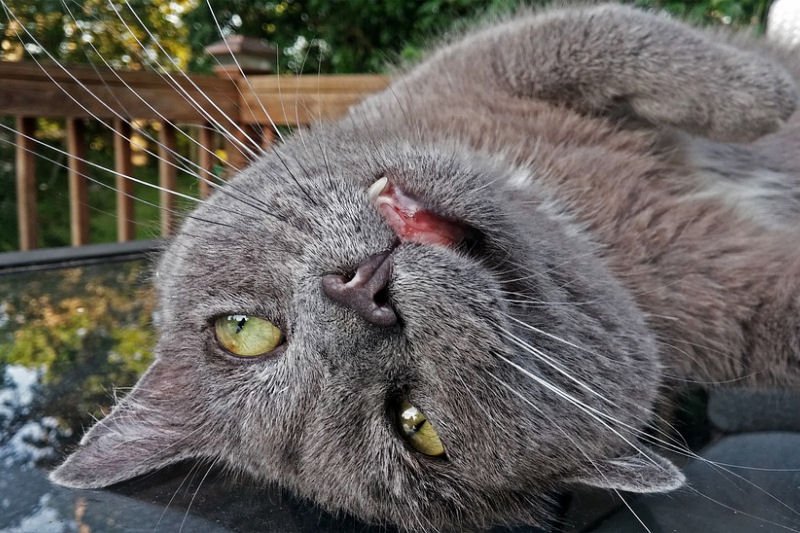If you’re a cat owner, catnip is something you’ve definitely heard of, and perhaps something you even know a bit about. Most know it generally as a substance that makes cats act out, but few people know the actual science behind what makes catnip drive our cats loco. We’re curious cats at Dan’s Pet Care (and nerds), so we couldn’t resist looking into the science of what really drives cats crazy about catnip.
What is catnip?
Catnip (or Nepeta cataria) is technically an herb in the mint family, and it can be found in most home gardens across the globe, or growing in the wild along some country road. Catnip contains the ingredient nepetalactone, which is a chemical that essentially mimics cat pheromones. Okay, but what are the effects of catnip, you ask?
The effects of catnip
Highly effective, about 80% of cats feel the effects of catnip according to Scientific American Magazine.When exposed to catnip, this chemical will stimulate sensory neurons which triggers a sort of sexual response. The response plays out rather humorously – your cat will begin flipping, rolling, rubbing, and generally zoning out. Some cats become hyper aggressive, while others need a minute to awake from their stupor. After prolonged exposure, however, cats will generally become temporarily immune to the effects.
Should I give my cat catnip?
Sound fun? While we definitely don’t recommend being cruel to your cat, catnip is a very safe substance that only really gives your cats something like a psychedelic high. Many cat owners will even give their cats some catnip before potentially stressful events, such as a visit to the vet or a flight. However, if you haven’t tried it yet on your cat, and you want to see how your cat reacts, we recommend asking a veterinarian first for any additional information or counseling you may need.
So there you have it! Catnip is to cats something like what psychedelics are to humans. As always, be safe, careful, and considerate when it comes to trying something new with your cat. And always, always keep it groovy!







